Choosing the right running shoes can significantly impact your performance and comfort. COMPARE.EDU.VN offers comprehensive comparisons to help you find the best fit. This guide dives deep into the world of running footwear, exploring key features and benefits of various models.
1. Understanding Your Running Shoe Needs
Selecting the ideal running shoe involves more than just picking a stylish design. It requires considering your individual biomechanics, running style, and training goals. This section helps you understand your specific requirements.
1.1. Identifying Your Foot Type
Knowing your foot type is crucial for selecting shoes that offer adequate support and cushioning. There are three primary foot types:
- Neutral: The foot lands evenly, with moderate pronation (inward rolling).
- Overpronated: The foot rolls inward excessively, requiring stability features.
- Supinated: The foot rolls outward, needing flexible cushioning.
1.2. Considering Your Running Style
Your running style, including your stride and foot strike, influences the type of shoe that will work best for you.
- Heel strikers: Benefit from shoes with ample heel cushioning.
- Midfoot strikers: Can use a wider range of shoes, often preferring balanced cushioning.
- Forefoot strikers: Need shoes with cushioning in the forefoot area.
1.3. Defining Your Training Goals
Different training goals call for different shoe characteristics.
- Daily training: Requires durable and comfortable shoes with moderate cushioning.
- Speed work: Benefits from lightweight, responsive shoes with a firm feel.
- Long runs: Demands shoes with maximum cushioning and support.
- Trail running: Needs shoes with aggressive traction and stability features.
2. Key Features to Compare in Running Shoes
When you Compare Running Shoes, several features deserve close attention. These elements collectively determine the shoe’s performance, comfort, and durability.
2.1. Midsole Technology
The midsole is the heart of a running shoe, providing cushioning and energy return. Different materials and technologies offer varying levels of performance.
- EVA (Ethylene Vinyl Acetate): A common, cost-effective material offering moderate cushioning.
- TPU (Thermoplastic Polyurethane): More responsive and durable than EVA, providing better energy return.
- PEBA (Polyether Block Amide): A lightweight, high-performance foam known for exceptional energy return.
- ZoomX: Nike’s proprietary PEBA-based foam, renowned for its responsiveness and cushioning.
- FuelCell: New Balance’s foam technology, offering a balance of cushioning and energy return.
- DNA Flash: Brooks’ nitrogen-infused foam, providing lightweight cushioning and responsiveness.
- Nitro: Puma’s nitrogen-infused foam, delivering a plush and responsive ride.
2.2. Outsole Material and Design
The outsole provides traction and durability. The type of rubber and tread pattern affect grip and wear resistance.
- Carbon Rubber: Durable and abrasion-resistant, ideal for high-wear areas.
- Blown Rubber: Lighter and more flexible than carbon rubber, offering better grip.
- Tread Pattern: Varies from shallow patterns for road running to aggressive lugs for trail running.
2.3. Upper Material and Construction
The upper secures the foot and provides breathability and comfort. Different materials and designs offer varying levels of support and ventilation.
- Engineered Mesh: Lightweight and breathable, conforming to the foot for a snug fit.
- Flyknit: Nike’s seamless knit technology, offering a sock-like fit and excellent ventilation.
- Primeknit: Adidas’ equivalent of Flyknit, providing a comfortable and adaptive fit.
- Warp Knit: Under Armour’s upper technology, designed for a precise and secure fit.
2.4. Plate Technology
Many modern running shoes incorporate a plate, typically made of carbon fiber, to enhance propulsion and efficiency.
- Carbon Fiber Plate: Stiff and lightweight, providing a propulsive feel and reducing energy loss.
- TPU Plate: More flexible than carbon fiber, offering a balance of support and flexibility.
2.5. Heel-to-Toe Drop
The heel-to-toe drop, or offset, refers to the difference in height between the heel and forefoot.
- High Drop (10-12mm): Suitable for heel strikers, providing cushioning and support in the heel area.
- Mid Drop (6-8mm): A versatile option for various running styles, offering a balance of cushioning and ground feel.
- Low Drop (0-4mm): Promotes a more natural running style, encouraging midfoot or forefoot strike.
2.6. Weight
The weight of a running shoe can impact your speed and efficiency.
- Lightweight (Under 8 oz): Ideal for racing and speed work, minimizing weight and maximizing energy return.
- Moderate Weight (8-10 oz): Suitable for daily training, providing a balance of cushioning and responsiveness.
- Heavy Weight (Over 10 oz): Typically found in stability or maximal cushioning shoes, offering enhanced support and protection.
3. Detailed Comparisons of Popular Running Shoes
This section offers in-depth comparisons of popular running shoe models, highlighting their key features and performance characteristics. We analyze models from leading brands, providing insights to help you make an informed decision.
3.1. Adidas Adizero Adios Pro 3 vs. Nike Vaporfly 3
Both shoes are designed for racing, but they cater to different running styles.
| Feature | Adidas Adizero Adios Pro 3 | Nike Vaporfly 3 |
|---|---|---|
| Midsole | Lightstrike Pro (TPU-based) | ZoomX (PEBA-based) |
| Plate | Carbon-fiber Energy Rods | Full-length carbon fiber plate |
| Outsole | Continental Rubber | Thin web rubber |
| Upper | Lightweight mesh | Flyknit |
| Heel-to-Toe Drop | 6.5 mm | 8 mm |
| Weight (Men’s) | 8.1 oz | 7.0 oz |
| Ideal For | Runners seeking a stable, supported feel with a fast toe-off | Runners seeking maximum cushioning and energy return for longer races |
| Softness Score | 6/10 | 9/10 |
| COMPARE.EDU.VN Recommendation | Great for tempo runs and races where stability is a priority. | Best for marathon and half-marathon races where cushioning is paramount. |
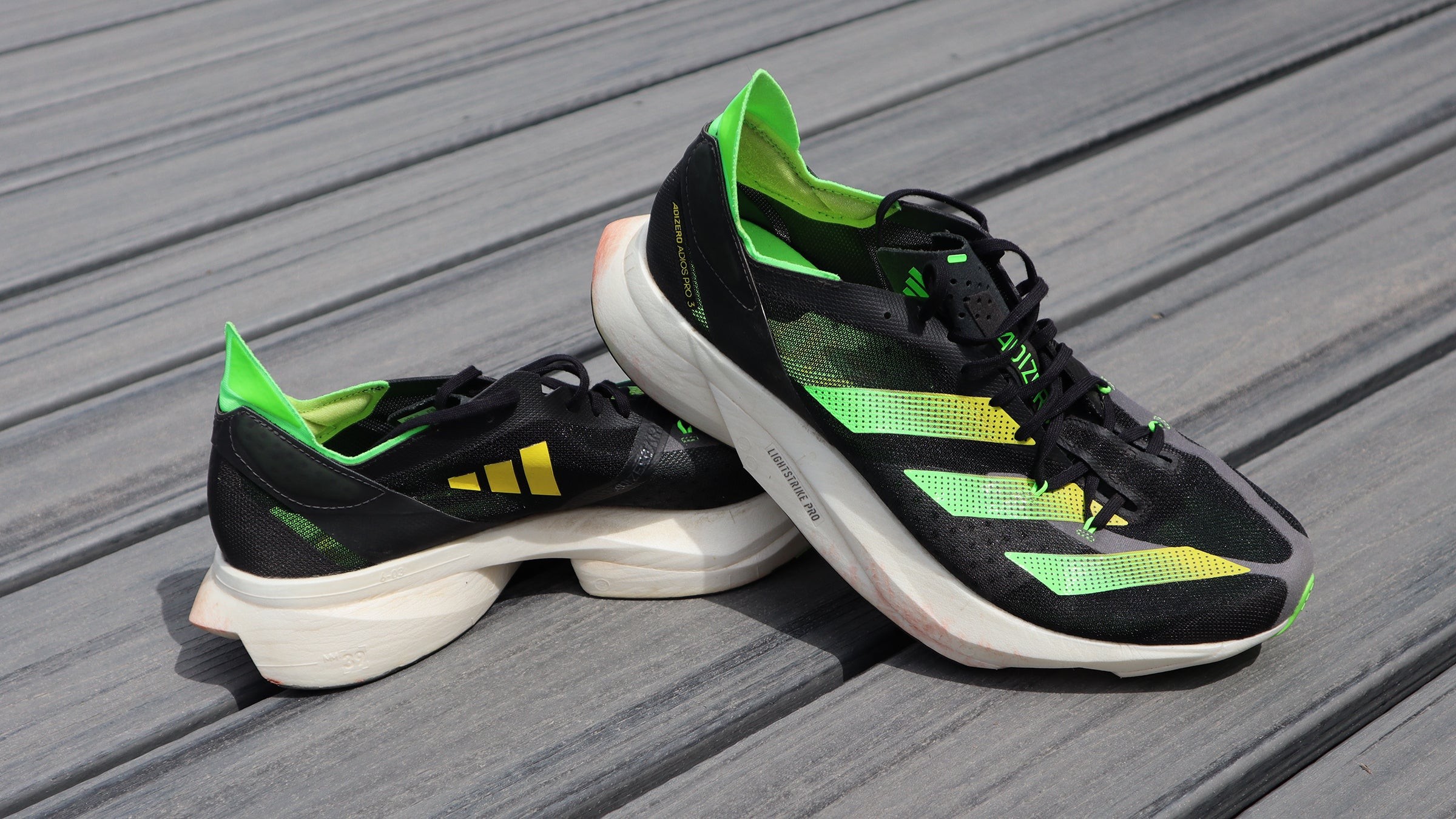
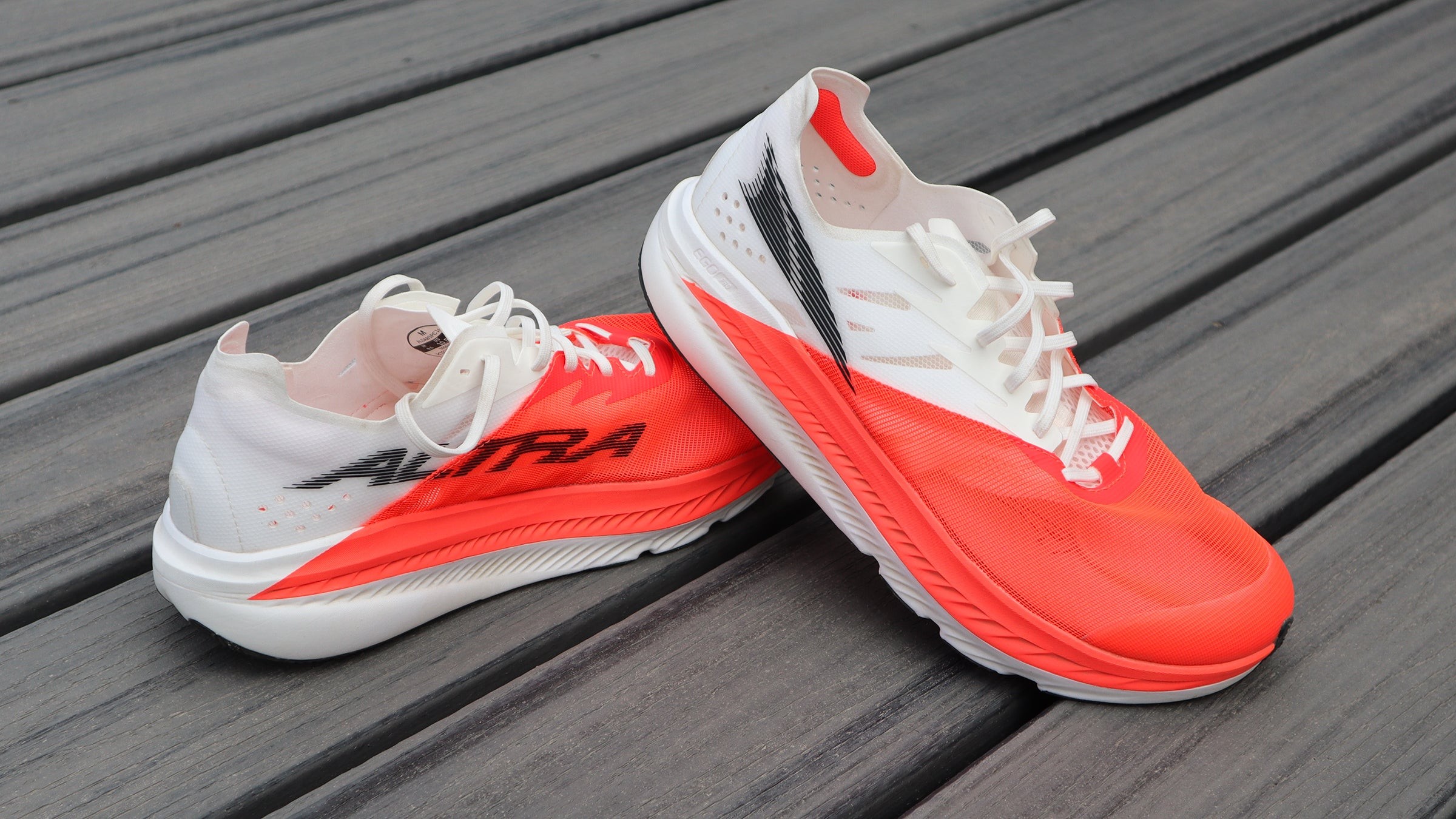
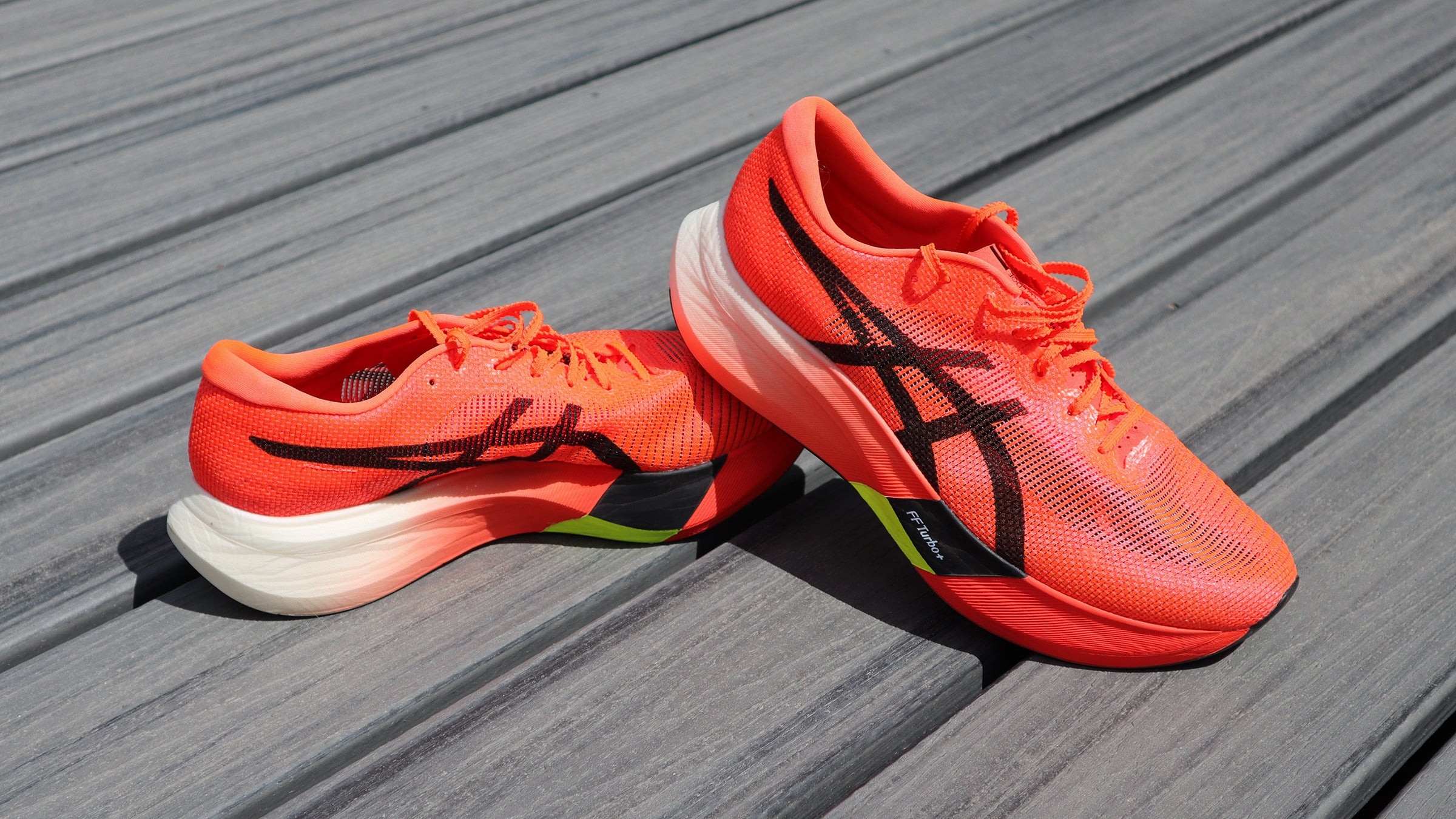
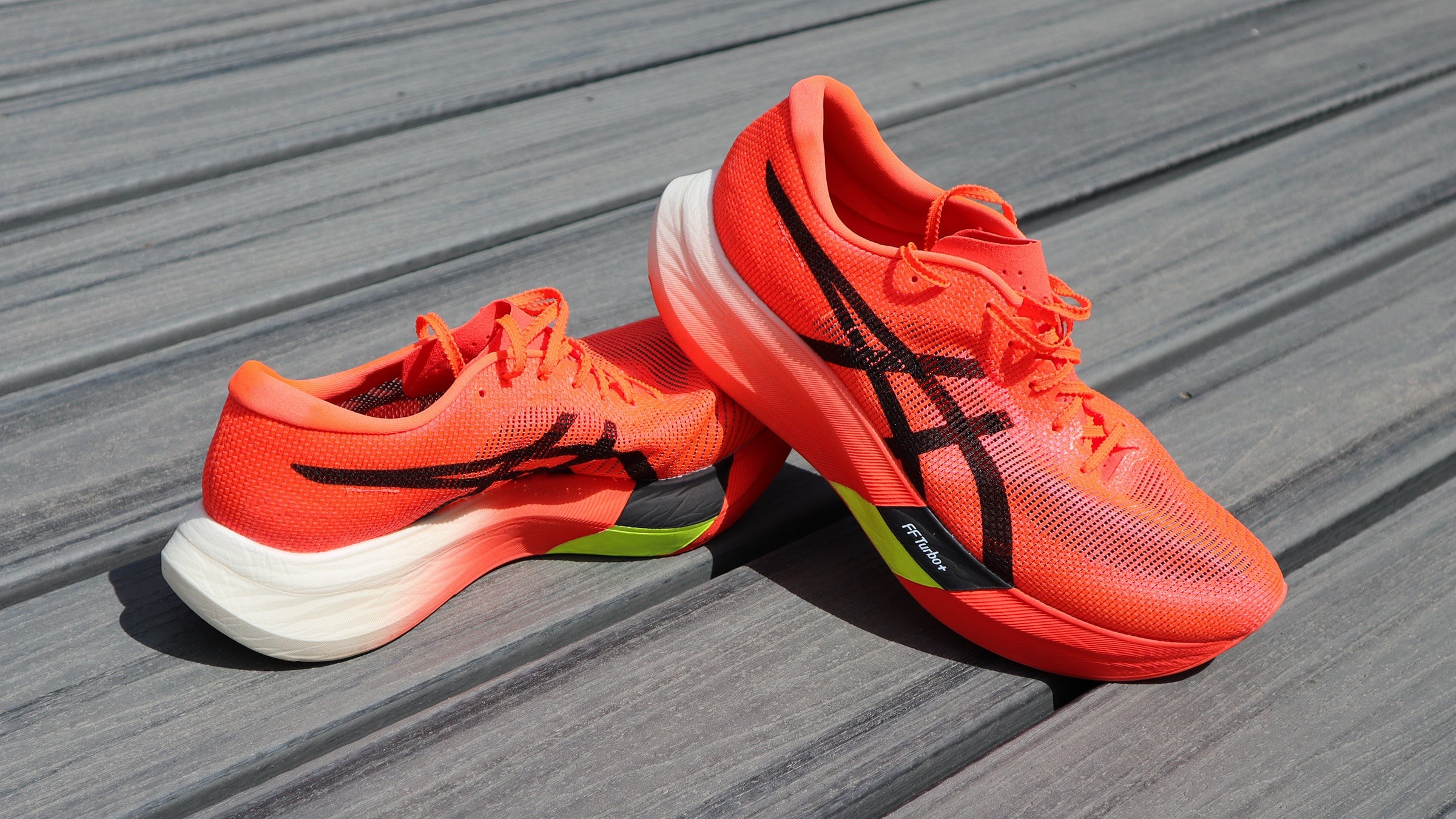
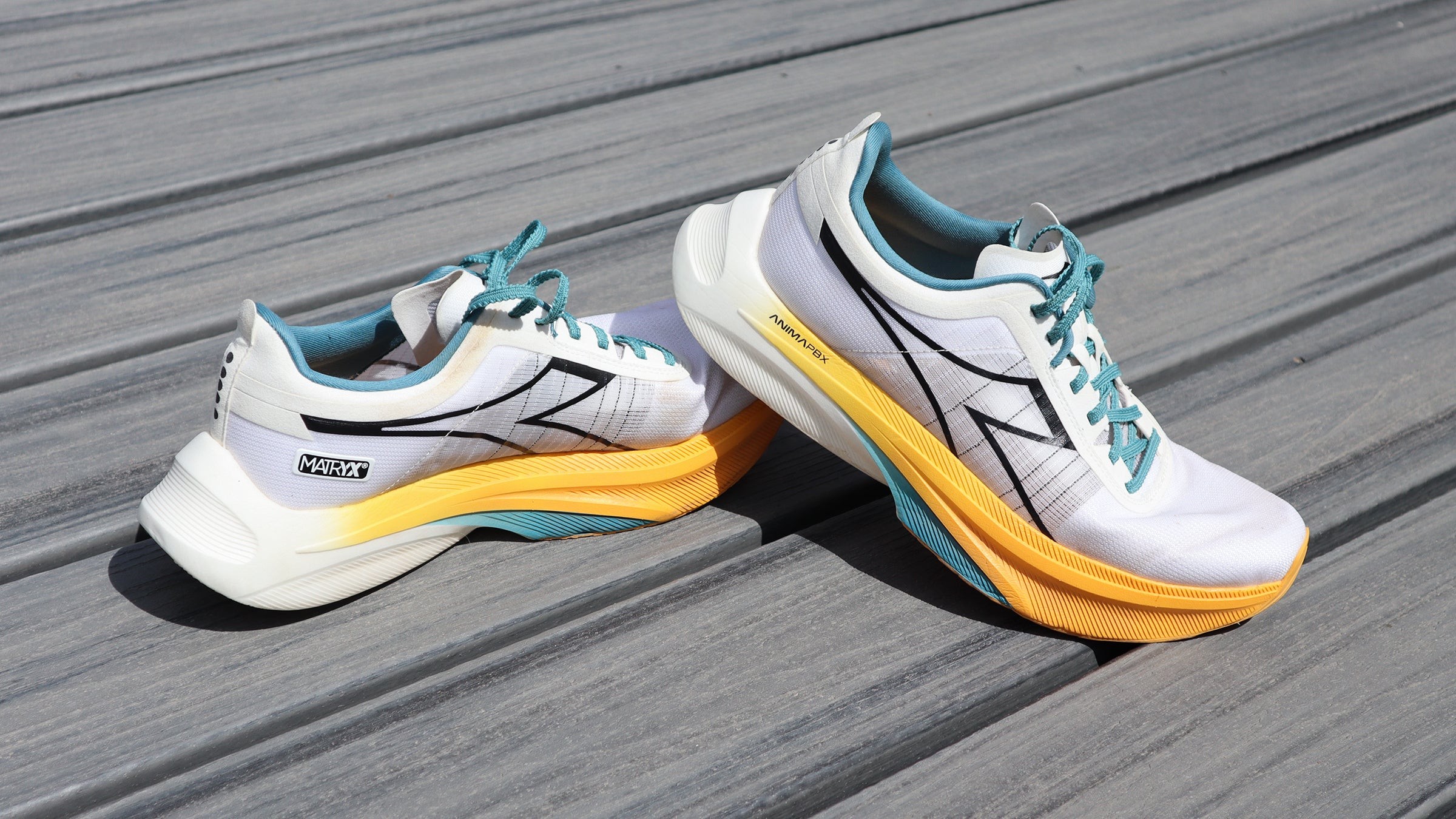
3.2. Asics MetaSpeed Sky Paris vs. Brooks Hyperion Elite 4
These shoes offer different approaches to enhancing running efficiency.
| Feature | Asics MetaSpeed Sky Paris | Brooks Hyperion Elite 4 |
|---|---|---|
| Midsole | FF Blast Turbo (PEBA-based) | DNA Flash v2 |
| Plate | Full-length carbon fiber plate | SpeedVault Race+ Plate |
| Outsole | ASICSGRIP rubber | Rubber |
| Upper | Lightweight mesh | Airy mesh |
| Heel-to-Toe Drop | 5 mm | 8 mm |
| Weight (Men’s) | 6.5 oz (Unisex) | 7.8 oz (Unisex) |
| Ideal For | Stride-style runners seeking vertical propulsion and stride length | Runners who prefer a firmer ride with an emphasis on support and bounce |
| Softness Score | 7/10 | 3/10 |
| COMPARE.EDU.VN Recommendation | Excellent for long-distance races where stride efficiency is key. | Ideal for shorter races and tempo runs where responsiveness is prioritized. |
3.3. Hoka Cielo X 1 vs. New Balance FuelCell SC Elite V4
These shoes focus on maximizing cushioning and comfort for long distances.
| Feature | Hoka Cielo X 1 | New Balance FuelCell SC Elite V4 |
|---|---|---|
| Midsole | Two-layer PEBA | FuelCell with PEBA |
| Plate | Winged carbon fiber plate | Thinner, lighter carbon fiber plate |
| Outsole | Rubber | Rubber |
| Upper | Knit | Soft, slightly stretchy mesh |
| Heel-to-Toe Drop | 8 mm | 4 mm |
| Weight (Men’s) | 7.8 oz (Unisex) | 8.4 oz |
| Ideal For | Midfoot/rearfoot strikers seeking a bouncy ride at moderate paces | Runners seeking unparalleled cushioning and a stable footplant for long races |
| Softness Score | 8/10 | 8/10 |
| COMPARE.EDU.VN Recommendation | Great for marathon training and races, providing high levels of cushioning. | Ideal for runners who prefer a lower drop and a more natural stride. |
3.4. Saucony Endorphin Pro 4 vs. Puma Fast-R Nitro Elite 2
These shoes combine innovative technology with unique designs for enhanced performance.
| Feature | Saucony Endorphin Pro 4 | Puma Fast-R Nitro Elite 2 |
|---|---|---|
| Midsole | PWRRUN PB (PEBA) and PWRRUN HG | Aliphatic-TPU |
| Plate | Slotted carbon fiber plate | Aggressively curved carbon fiber plate |
| Outsole | Redesigned rubber lattice | Rubber |
| Upper | Perforated synthetic mesh | ULTRAWEAVE |
| Heel-to-Toe Drop | 8 mm | 8 mm |
| Weight (Men’s) | 7.5 oz | 9.3 oz (Unisex) |
| Ideal For | Runners seeking a smooth heel-to-toe roll and a lively, energetic ride | Runners seeking cushioned landings and smooth, powerful toe-offs |
| Softness Score | 6/10 | 6/10 |
| COMPARE.EDU.VN Recommendation | Suitable for fast-paced training and racing with a balanced feel. | Best for runners who want a decoupled design for natural foot rotation. |
3.5. Altra Vanish Carbon 2 vs. On Cloudboom Echo 3
These shoes cater to specific preferences regarding drop and ground feel.
| Feature | Altra Vanish Carbon 2 | On Cloudboom Echo 3 |
|---|---|---|
| Midsole | Altra EGO PRO | Recycled PEBA |
| Plate | Asymmetrical carbon fiber plate | More aggressively curved carbon fiber plate |
| Outsole | Rubber | Solid-foam cushioning (minimal clouds) |
| Upper | Mesh | Breathable one-piece mesh |
| Heel-to-Toe Drop | 0 mm | 9 mm |
| Weight (Men’s) | 8.1 oz | 7.6 oz |
| Ideal For | Runners seeking a natural feel with a zero-drop sole | Runners who prefer a firmer feel and a solid toe-off |
| Softness Score | 7/10 | 3/10 |
| COMPARE.EDU.VN Recommendation | An excellent introduction to zero-drop running shoes. | A stable and responsive option for runners who like ground connection. |
4. Understanding Key Terminology
Navigating the world of running shoes involves understanding specific terms and technologies. Here’s a glossary of essential terminology.
4.1. Pronation
The natural inward rolling of the foot during landing, which helps absorb impact.
4.2. Supination
The outward rolling of the foot during landing, which can lead to less effective shock absorption.
4.3. Stack Height
The total height of the shoe’s midsole, measured from the bottom of the shoe to the footbed.
4.4. Rocker
The curved shape of the sole, designed to facilitate a smooth transition from heel to toe.
4.5. Energy Return
The amount of energy returned to the runner during each stride, typically measured as a percentage.
4.6. Durometer
A measure of the hardness of a material, often used to describe the firmness of midsole foams.
4.7. Last
The shape and dimensions of the form around which the shoe is constructed.
4.8. Outsole
The bottom layer of the shoe that provides traction and durability.
4.9. Upper
The part of the shoe that encases the foot, providing support and breathability.
4.10. Midsole
The layer of material between the upper and the outsole that provides cushioning and support.
5. Evaluating Softness and Ride Feel
The softness and ride feel of a running shoe are subjective but crucial factors in determining comfort and performance.
5.1. Factors Affecting Softness
Several factors influence the perceived softness of a running shoe:
- Midsole Material: Softer foams like PEBA and ZoomX provide more cushioning.
- Stack Height: Higher stack heights generally result in a softer feel.
- Plate Technology: The presence and type of plate can affect the perceived firmness.
- Outsole Thickness: Thinner outsoles allow for more midsole compression, enhancing softness.
5.2. Assessing Ride Feel
The ride feel describes the overall sensation of running in a shoe, including cushioning, responsiveness, and stability.
- Cushioned: Provides a plush and comfortable feel, ideal for long distances.
- Responsive: Offers a firm and springy feel, enhancing energy return and speed.
- Stable: Provides support and reduces excessive pronation, ideal for runners with stability needs.
- Smooth: Facilitates a seamless transition from heel to toe, enhancing running efficiency.
6. How to Choose the Right Running Shoe
Choosing the perfect running shoe involves a combination of understanding your needs, comparing models, and trying them on.
6.1. Consider Your Running Environment
- Road Running: Choose shoes with good cushioning, flexibility, and grip for paved surfaces.
- Trail Running: Select shoes with aggressive tread, stability features, and protection against rocks and debris.
6.2. Account for Running Frequency and Distance
- Frequent, Long Runs: Opt for shoes with maximum cushioning, durability, and support.
- Occasional, Short Runs: Choose shoes with a balance of cushioning and responsiveness.
6.3. Pay Attention to Fit and Comfort
- Proper Fit: Ensure adequate toe room (about a thumb’s width) and a secure heel fit.
- Comfort: Choose shoes that feel comfortable from the first wear, without any pressure points or irritation.
6.4. Read Reviews and Seek Expert Advice
- Reviews: Consult online reviews and comparisons to gather insights from other runners.
- Expert Advice: Visit specialty running stores for professional fitting and recommendations.
6.5. Test Before You Commit
- Try-On: Always try on shoes before buying, ideally in the afternoon when your feet are slightly swollen.
- Test Run: If possible, take the shoes for a short test run to assess comfort and performance.
7. Addressing Common Concerns
This section addresses frequently asked questions and concerns related to running shoe selection.
7.1. How Often Should I Replace My Running Shoes?
Replace your running shoes every 300-500 miles, or when you notice signs of wear and tear such as reduced cushioning or outsole damage.
7.2. Can Running Shoes Help Prevent Injuries?
Properly fitted running shoes that match your foot type and running style can help reduce the risk of injuries by providing adequate support and cushioning.
7.3. Are Expensive Running Shoes Worth It?
Expensive running shoes often feature advanced technologies and high-quality materials, which can enhance performance and comfort. However, the best shoe for you depends on your individual needs and preferences, regardless of price.
7.4. How Do I Clean My Running Shoes?
Clean your running shoes with mild soap and water, using a soft brush to remove dirt and debris. Air dry them away from direct heat or sunlight.
7.5. What Are the Benefits of Carbon Plated Running Shoes?
Carbon plated running shoes can improve running economy by providing a propulsive feel and reducing energy loss, leading to faster times and reduced fatigue.
8. The Role of COMPARE.EDU.VN in Your Decision
COMPARE.EDU.VN offers a comprehensive platform for comparing running shoes, providing detailed analyses, side-by-side comparisons, and user reviews to help you make an informed decision. Our goal is to simplify the process of finding the perfect running shoe, ensuring you get the best fit for your needs and goals.
8.1. Side-by-Side Comparisons
COMPARE.EDU.VN provides detailed side-by-side comparisons of various running shoe models, highlighting their key features, specifications, and performance characteristics.
8.2. User Reviews and Ratings
Benefit from the experiences of other runners by reading user reviews and ratings, gaining valuable insights into the real-world performance of different shoe models.
8.3. Expert Analyses
Our team of experts conducts in-depth analyses of running shoes, providing objective assessments of their cushioning, responsiveness, stability, and overall performance.
8.4. Personalized Recommendations
Based on your foot type, running style, and training goals, COMPARE.EDU.VN offers personalized recommendations to help you narrow down your options and find the perfect shoe for your needs.
8.5. Latest Trends and Technologies
Stay up-to-date with the latest trends and technologies in the running shoe industry, ensuring you have access to the most innovative and high-performing products available.
9. Real-World Examples and Case Studies
Explore real-world examples and case studies that illustrate the impact of running shoe selection on performance and injury prevention.
9.1. Case Study 1: Marathon Runner
A marathon runner struggling with foot fatigue switched to a shoe with increased cushioning and a carbon fiber plate. They reported reduced fatigue and improved race times.
9.2. Case Study 2: Overpronator
An overpronator experiencing knee pain switched to a stability shoe with medial support. They reported reduced knee pain and improved running comfort.
9.3. Case Study 3: Trail Runner
A trail runner frequently encountering slippery conditions switched to a shoe with aggressive lugs and enhanced traction. They reported improved grip and confidence on challenging trails.
10. Expert Q&A
Get insights from running shoe experts through a Q&A session addressing common questions and concerns.
Q: What is the most important factor to consider when choosing a running shoe?
A: The most important factor is ensuring a proper fit, which includes adequate toe room, a secure heel fit, and overall comfort.
Q: Can I use the same running shoes for both road and trail running?
A: While possible, it is generally recommended to use different shoes for road and trail running, as trail shoes offer enhanced traction and protection for uneven surfaces.
Q: How do I know if I need a stability shoe?
A: If you overpronate or experience excessive inward rolling of the foot during running, a stability shoe with medial support may be beneficial.
Q: What are the benefits of a rocker sole?
A: A rocker sole can promote a smoother heel-to-toe transition, reducing stress on the foot and enhancing running efficiency.
Q: How do I choose the right heel-to-toe drop?
A: The ideal heel-to-toe drop depends on your running style and foot strike. Heel strikers may prefer a higher drop, while midfoot or forefoot strikers may prefer a lower drop.
Q: Are carbon-plated shoes only for elite runners?
A: No, carbon-plated shoes can benefit runners of all levels by improving running economy and reducing fatigue.
Q: How do I determine my foot type at home?
A: You can perform a wet foot test by wetting your foot and stepping onto a piece of paper. The resulting footprint can indicate your foot type (neutral, overpronated, or supinated).
Q: What is the best way to break in new running shoes?
A: Gradually increase the mileage in your new running shoes over several runs to allow your feet to adjust and prevent blisters or discomfort.
Q: Can running shoe inserts improve comfort and performance?
A: Yes, running shoe inserts can provide additional cushioning, support, and stability, improving comfort and performance for some runners.
Q: How do I find the best deals on running shoes?
A: Check online retailers, specialty running stores, and manufacturer websites for sales, discounts, and promotions on running shoes.
11. Finding the Best Deals and Discounts
Discover tips for finding the best deals and discounts on running shoes.
- Check Online Retailers: Monitor online retailers like Amazon, Running Warehouse, and Zappos for sales and promotions.
- Visit Specialty Running Stores: Local running stores often offer discounts and loyalty programs for frequent shoppers.
- Sign Up for Newsletters: Subscribe to email newsletters from running shoe brands and retailers to receive exclusive deals and promotions.
- Follow Social Media: Follow running shoe brands and retailers on social media to stay informed about upcoming sales and discounts.
- Shop During Off-Season: Look for discounts on previous-season models when new versions are released.
12. Conclusion: Making Your Decision with Confidence
Choosing the right running shoe is a personal journey that requires careful consideration of your individual needs and preferences. By understanding your foot type, running style, and training goals, you can narrow down your options and find the perfect shoe to enhance your performance and prevent injuries.
COMPARE.EDU.VN is here to support you throughout this process, providing detailed comparisons, expert analyses, and user reviews to help you make an informed decision with confidence. Explore our website today and take the first step towards finding your perfect running shoe!
Ready to find your perfect running shoe? Visit compare.edu.vn today to explore detailed comparisons, expert reviews, and personalized recommendations. Make an informed decision and experience the difference the right shoe can make. Contact us at 333 Comparison Plaza, Choice City, CA 90210, United States or Whatsapp: +1 (626) 555-9090. Your perfect fit awaits!

